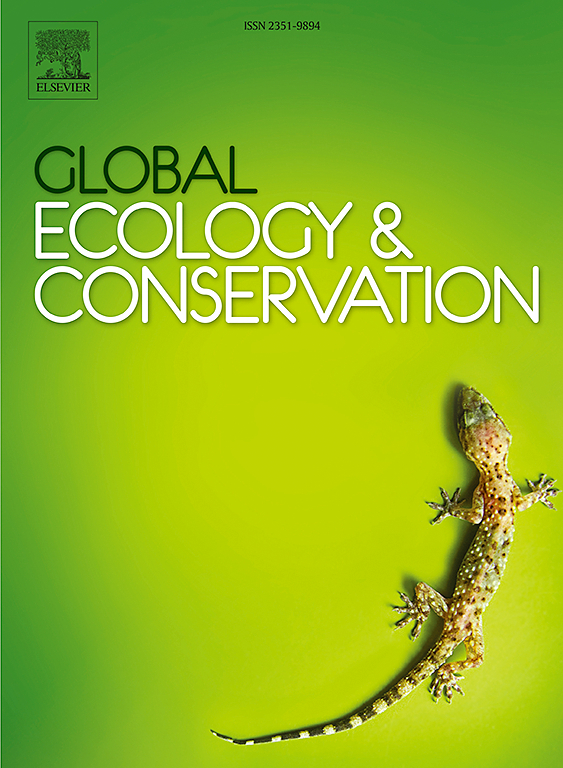Non-native plants in road verges attract pollinators despite associated declines in native flowers
IF 3.5
2区 环境科学与生态学
Q1 BIODIVERSITY CONSERVATION
引用次数: 0
Abstract
Marginal habitats are increasingly recognized for their potential value in pollinator conservation. Road verges, which cover extensive areas, provide abundant floral resources and contribute to habitat heterogeneity and connectivity in homogeneous landscapes. However, road verges are also hotspots for the establishment and dispersal of non-native plants, raising doubts on their suitability to support diverse pollinator populations. We sampled flowering plants and visiting insects in roadsides of southeastern Manitoba, Canada, and leveraged datasets of bee communities from surrounding areas and Wildlife Management Areas (WMAs) to compare pollinator communities across habitats. Plant communities in road verges were dominated by a subset of abundant non-native species and were disproportionately visited by generalist pollinators. Non-native plant abundance was negatively correlated with native plant richness and abundance in the verges but positively associated with bee richness and abundance. Landscape context and scale also influenced pollinators. We found strong differences in pollinator richness, abundance, and community composition at larger (ecozone) scales, with local landscape composition and configuration also contributing significantly, albeit to a lesser extent. Road verge bee communities were distinct and less even than those in surrounding areas and WMAs, and exhibited a markedly higher proportion of polylectic to oligolectic individuals. These findings suggest that road verges can support generalist pollinators but are less suitable for specialists, highlighting their potential to maintain pollination services in heavily disturbed or densely-forested landscapes while also revealing limitations in harboring representatively diverse and even communities.
求助全文
约1分钟内获得全文
求助全文
来源期刊

Global Ecology and Conservation
Agricultural and Biological Sciences-Ecology, Evolution, Behavior and Systematics
CiteScore
8.10
自引率
5.00%
发文量
346
审稿时长
83 days
期刊介绍:
Global Ecology and Conservation is a peer-reviewed, open-access journal covering all sub-disciplines of ecological and conservation science: from theory to practice, from molecules to ecosystems, from regional to global. The fields covered include: organismal, population, community, and ecosystem ecology; physiological, evolutionary, and behavioral ecology; and conservation science.
 求助内容:
求助内容: 应助结果提醒方式:
应助结果提醒方式:


